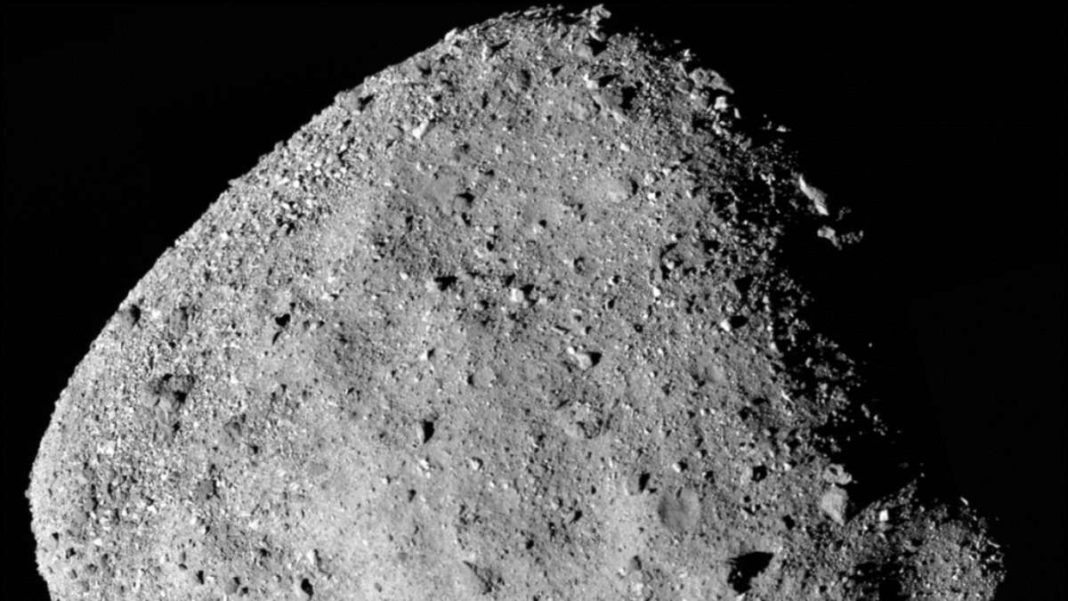UNITED STATES: NASA scientists are closely monitoring a celestial threat that has captured the world’s attention: asteroid Bennu, a colossal cosmic object with the potential to collide with Earth. With a diameter of 1,610 feet, this space rock, first discovered in 1999, looms large in space hazards.
According to NASA’s OSIRIS-REx science team, asteroid Bennu is currently on their radar due to its trajectory, which could lead it to intersect with Earth’s orbit. If all goes awry, the ominous collision date is set for September 24, 2182, a staggering 159 years from now.
The sheer scale of this asteroid is awe-inspiring; it stands taller than the Empire State Building. However, what is even more alarming is its potential energy release upon impact. Should Bennu strike our planet, it could unleash an explosive force equivalent to a mind-boggling 1,200 megatons of energy. To put this in perspective, that’s 24 times more powerful than the most formidable nuclear weapon ever constructed.
NASA underscores the possibility of Bennu passing through a precarious “gravitational keyhole” during a close flyby. Such an encounter could set the asteroid on a collision course with Earth in the late 22nd century, adding an element of uncertainty to the already concerning situation.
While the odds of an impact remain relatively low at 1 in 2,700, or 0.037%, Bennu is classified as a “potentially hazardous asteroid.” It periodically brushes Earth every six years, with notable close encounters occurring in 1999, 2005, and 2011.
It’s crucial to note that Bennu isn’t the only hazardous object traversing our cosmic neighbourhood. NASA compares its potential threat level to another asteroid known as 1950 DA.
Despite these sobering statistics, scientists are seizing the opportunity to study Bennu, which belongs to the class of carbon-rich asteroids. These celestial remnants, formed over 4.5 billion years ago, hold valuable clues to the origins and evolution of rocky planets like ours.
Bennu’s unique composition may even contain organic molecules critical for the development of life. NASA’s OSIRIS-REx mission achieved a historic milestone in 2020 by touching the asteroid’s surface, collecting samples, and safely returning them to Earth.
As the world watches and waits, scientists continue refining their understanding of Bennu’s trajectory and its potential risks. The prospect of a catastrophic asteroid impact remains a subject of fascination and concern, underscoring the importance of continued space exploration and planetary defence efforts.
While the odds of a direct hit may be slim, the lessons learned from Bennu could help humanity prepare for and mitigate the impact of similar threats from the cosmos in the future.
Also Read: NASA and ICON Collaborate to Prepare for Lunar Living by 2040



